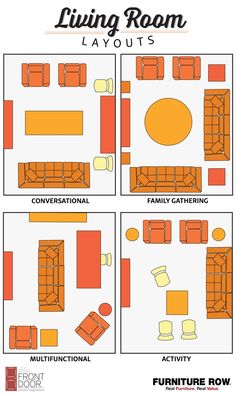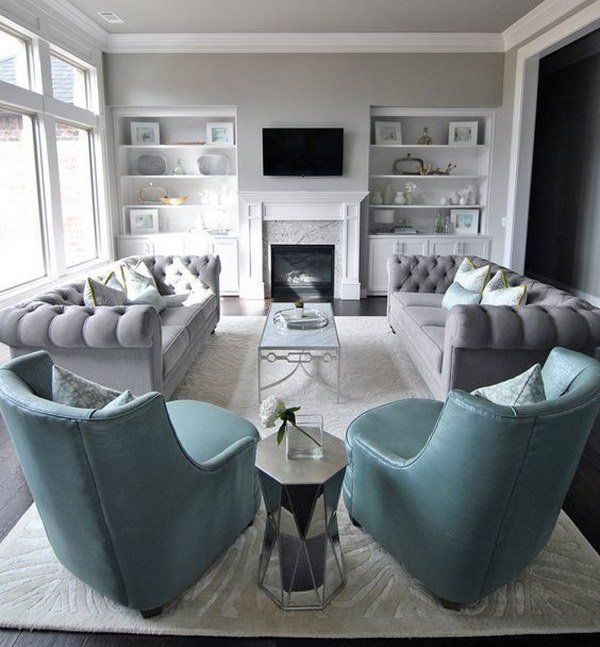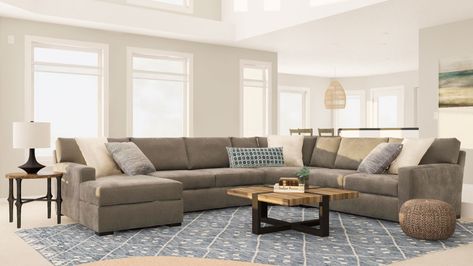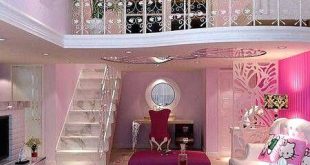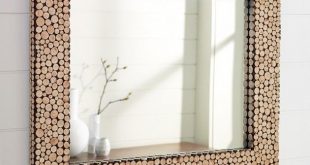
The living room is an important place in the house. It is both for relaxing and entertaining, so the way the room is set up is important. A living room should not only be comfortable and functional, but also some points that really make the decor burst. Here we look at some living room layouts that give both living room space both comfort and charm.

about furnished.
1. Emphasis on the focus
Living room layouts should start with a focus. This can be something like a large entertainment unit, a piece of art, a bookshelf or some kind of display. The focus should be on an appealing eye that draws attention in the room. Arrange the furniture so that the focal point is visible and receives the attention it deserves. You may even want to paint an accent wall against which a fireplace stands to get an attractive focus idea. Be creative and have fun!
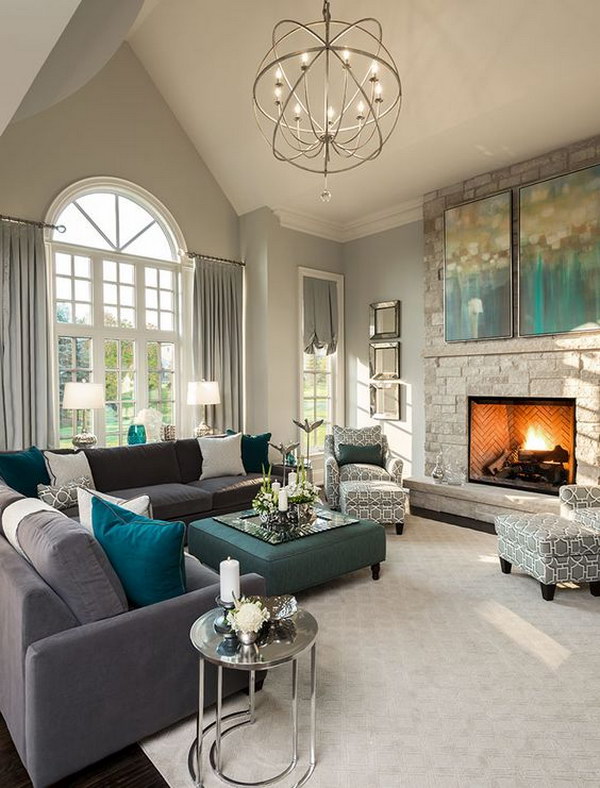

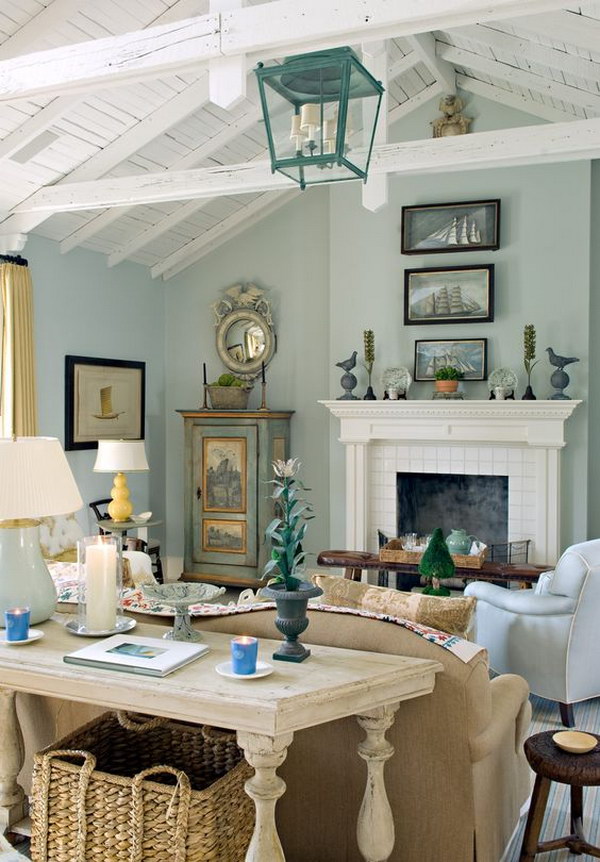
Source.
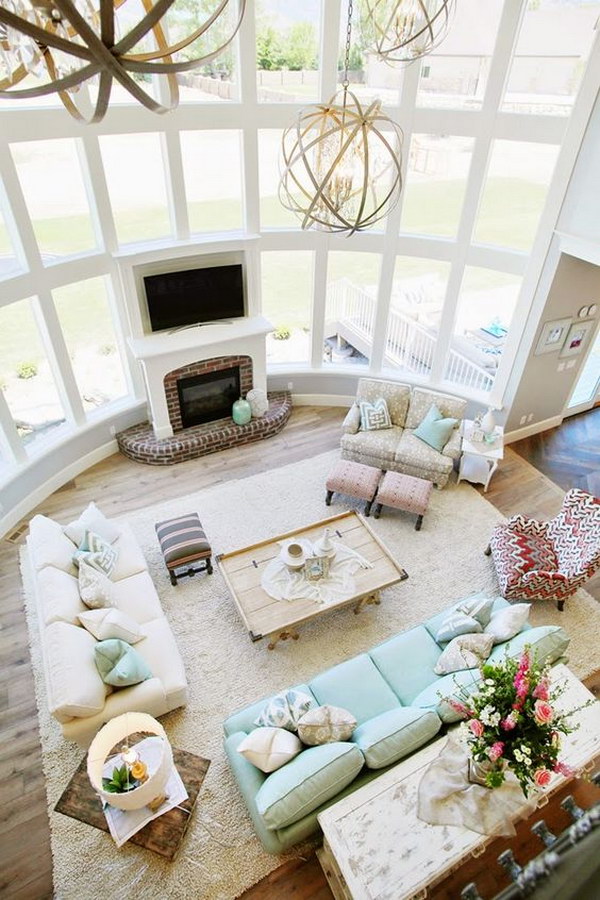
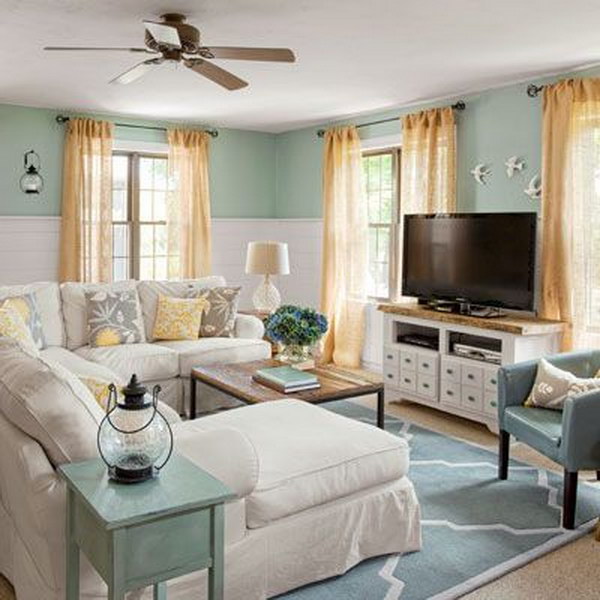

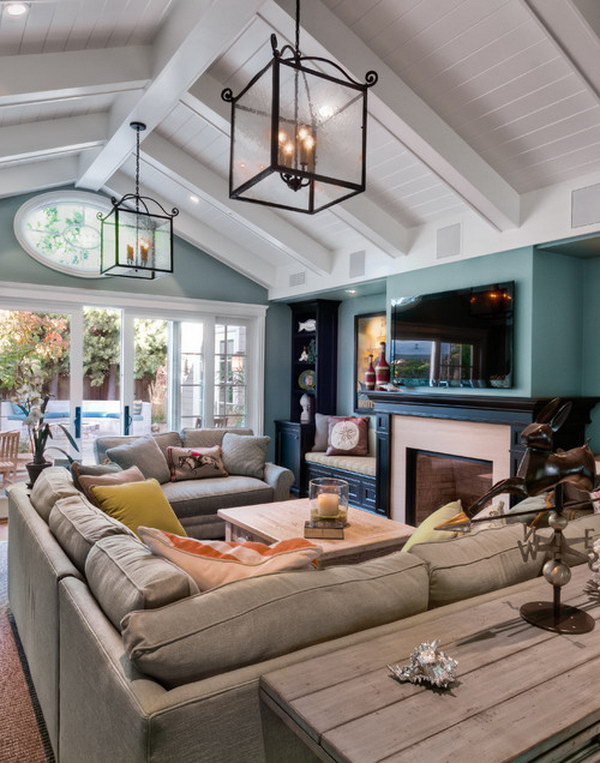
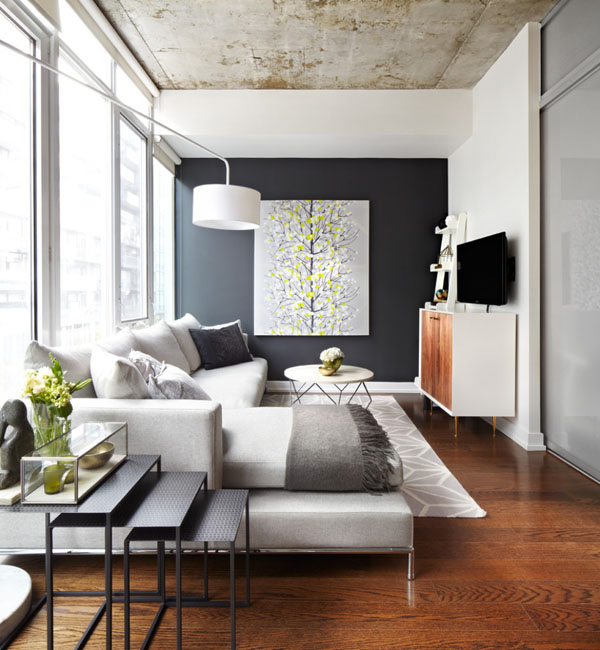
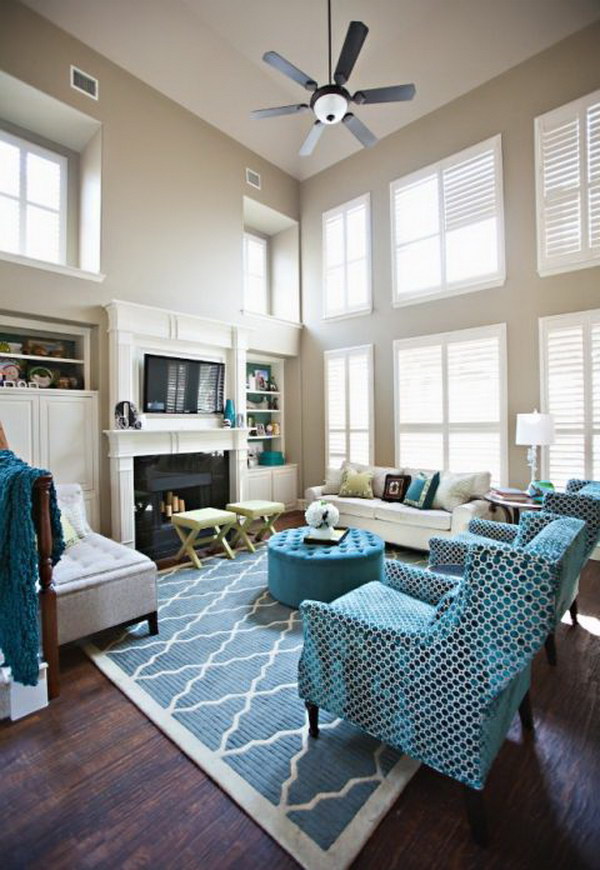
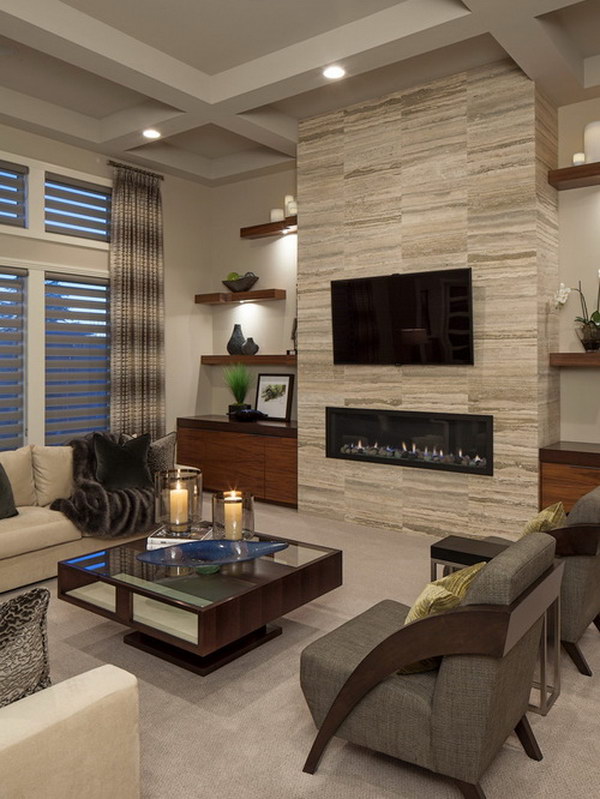

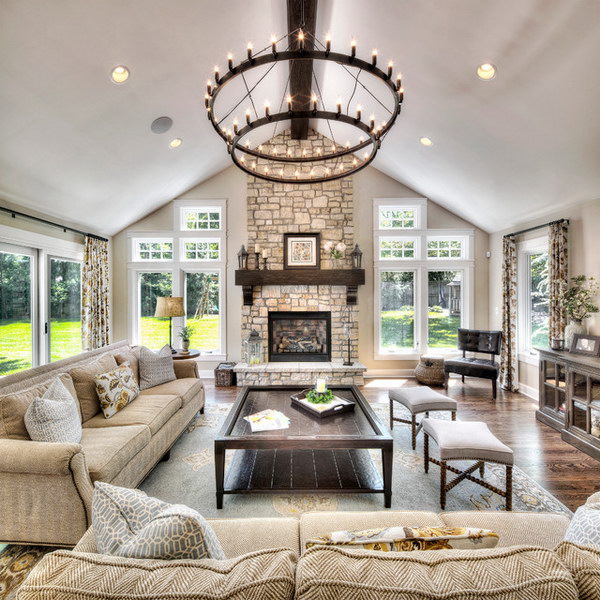
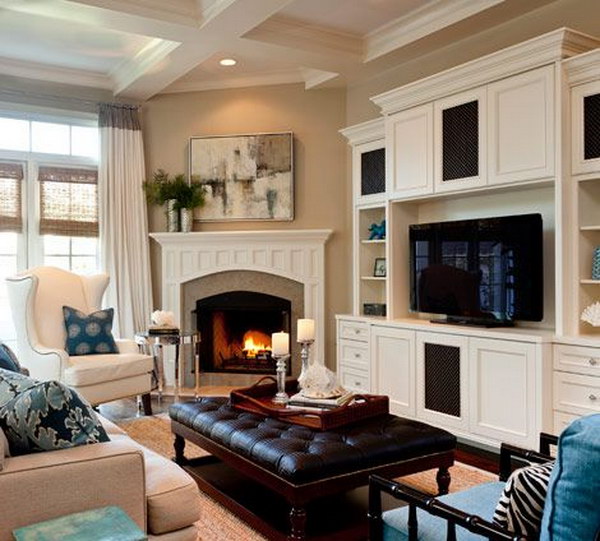
2. Emphasis on conversation
If you enjoy spending time in life talking to family and friends, make sure your living room arrangement supports it. Arrange your furniture in so-called "conversation clusters". This means that the parts are grouped closely enough so that people can have a conversation without having to raise their voices to hear each other. If you place two armchairs angled next to each other with a small side table in between, a conversation cluster is created because two people can sit on the chairs, see each other and take part in conversations. If you have a large living space, remember to keep the seating closer together instead of spreading it out over the room if you want to use the space for conversations.
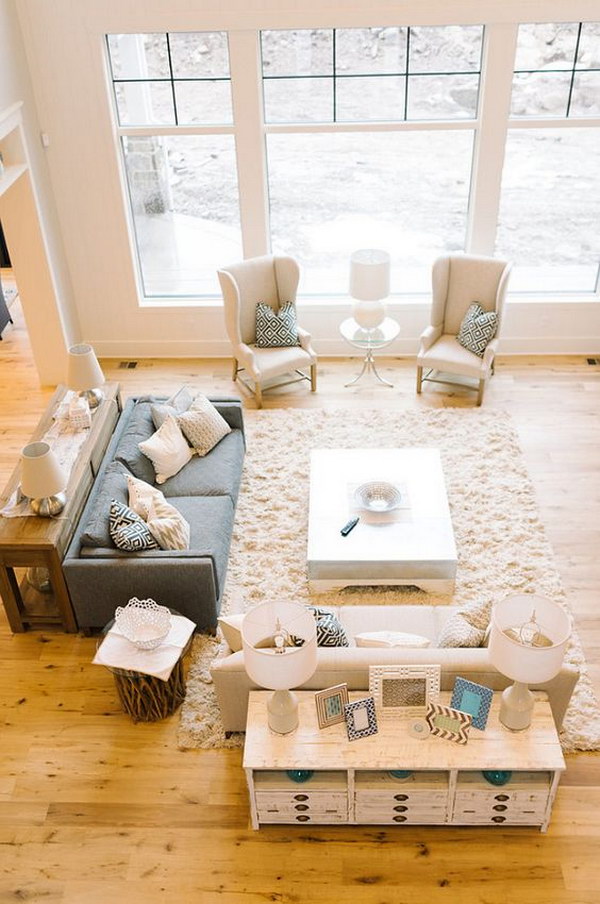
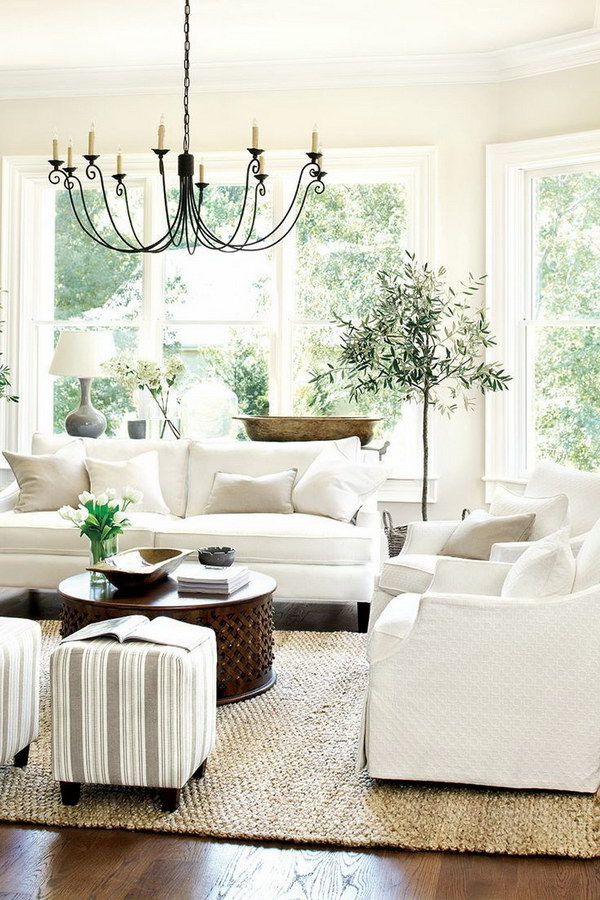
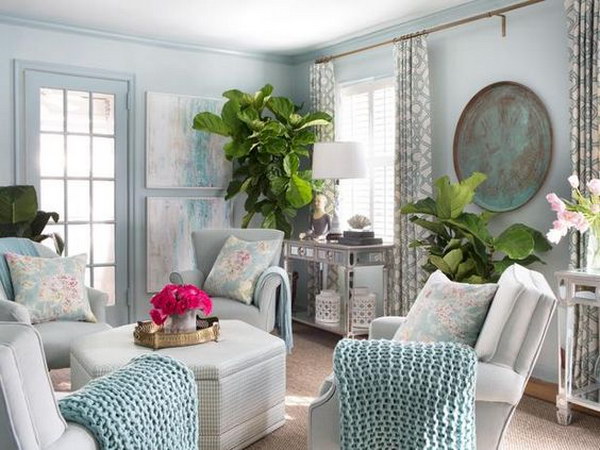
Source.
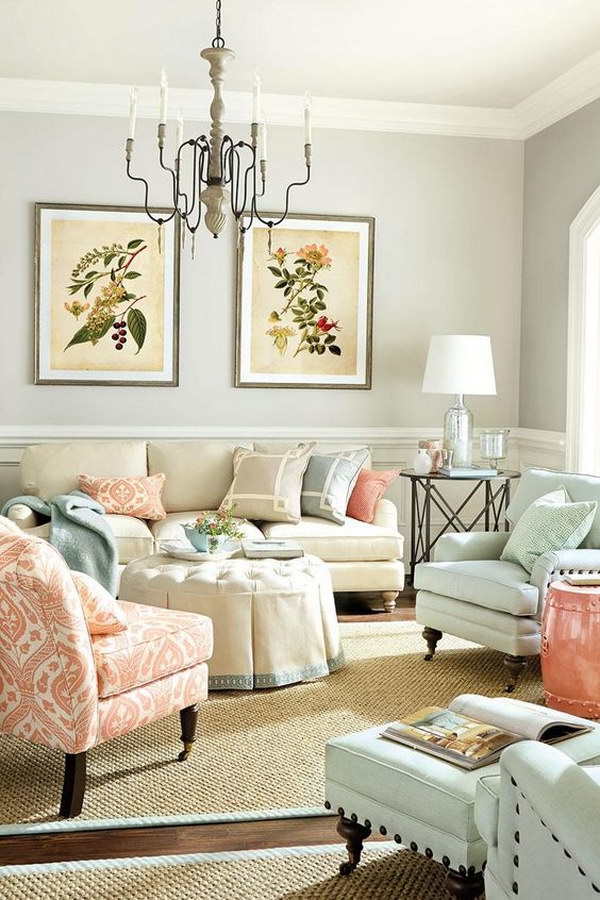
Source.
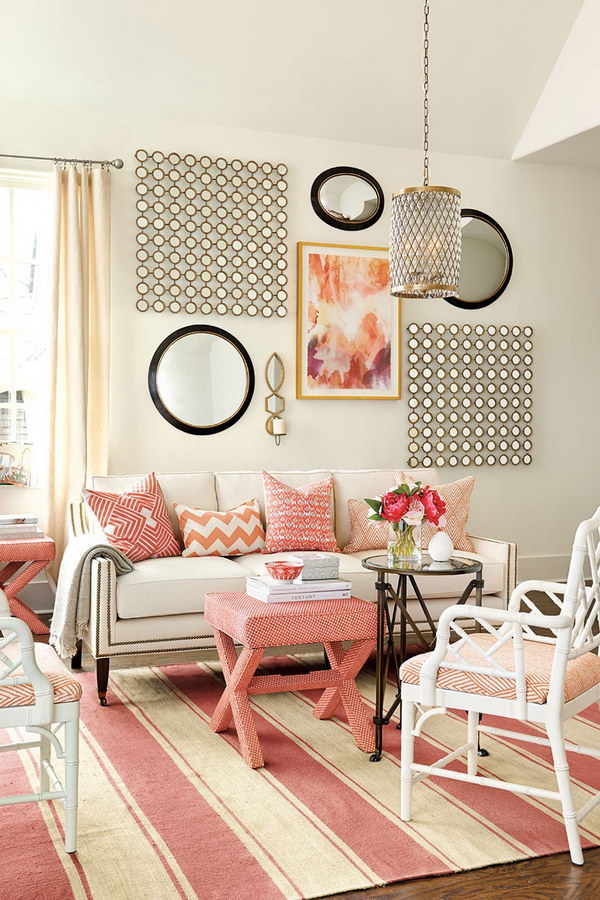
Source.
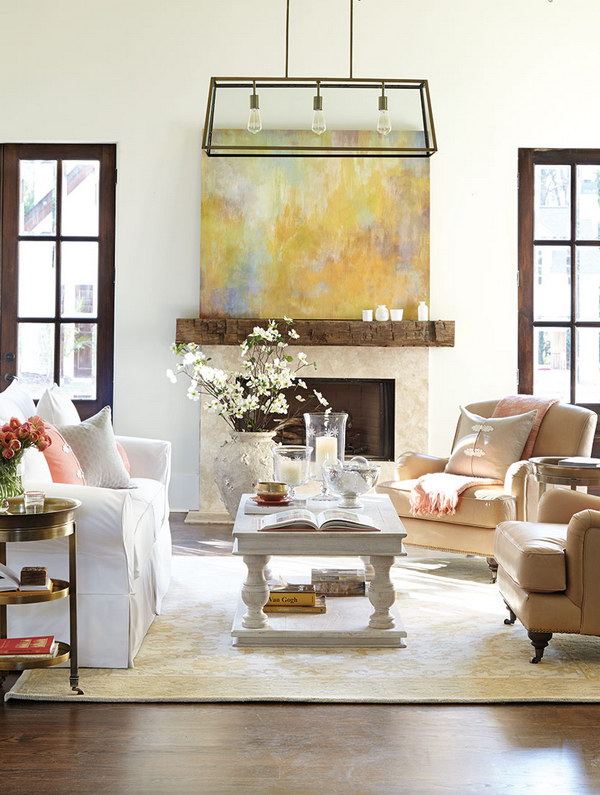
Source.
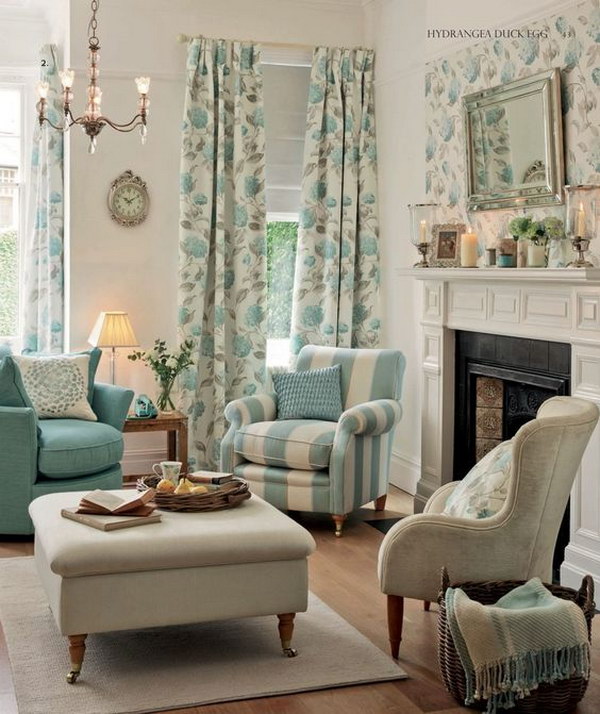

Source.
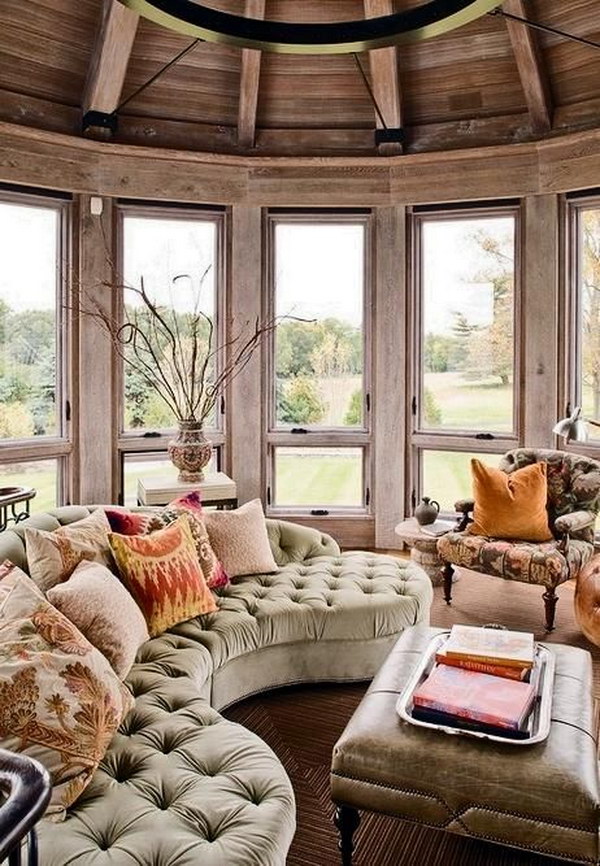
Source.
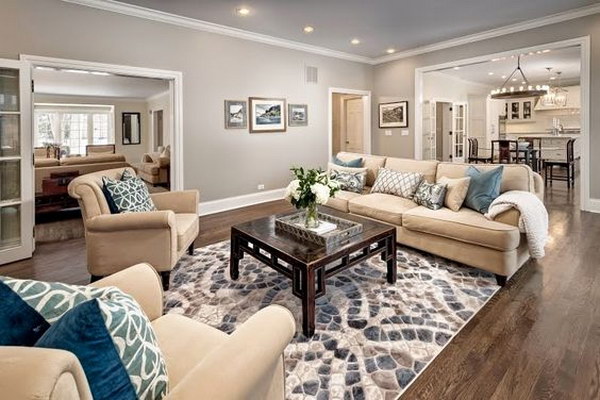
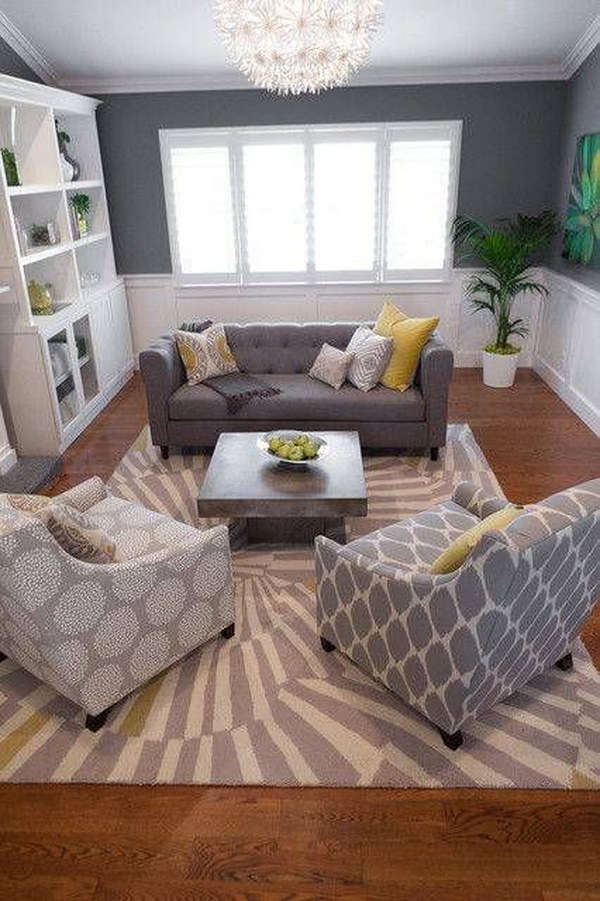
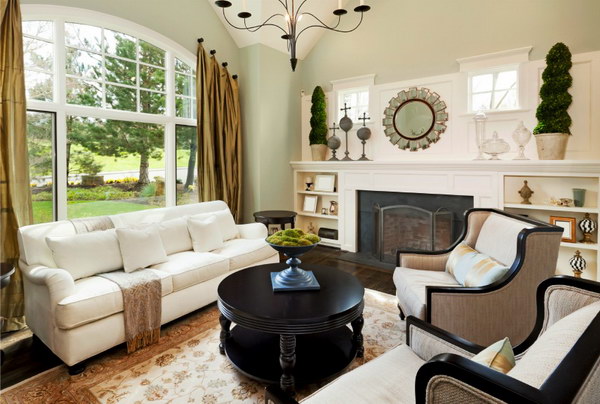
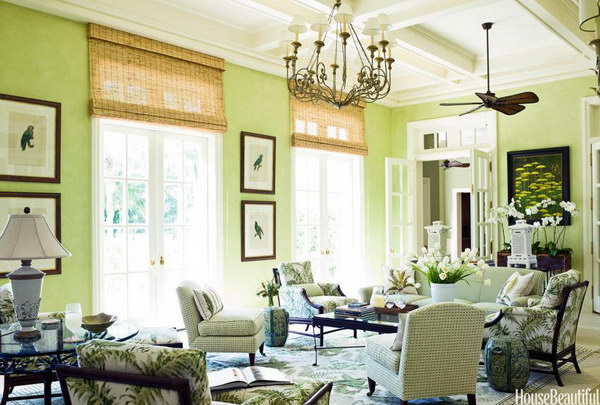

Source.
3. Child-friendly
If you have children, there is a way to create child-friendly living room layouts. If you want to keep the balance between a social living room, you can separate a room in the living room for toys and toys as well as a small table and chairs for the children. This way, you can still keep the living room ready for society while the kids still have room to play. You can either separate a section with a room divider or just teach the kids that this is the intended play area. Also, make sure to keep fragile items on higher shelves away from babies and toddlers if you think "kid-friendly". They are naturally curious and could pull off a fragile object and injure themselves and the object.
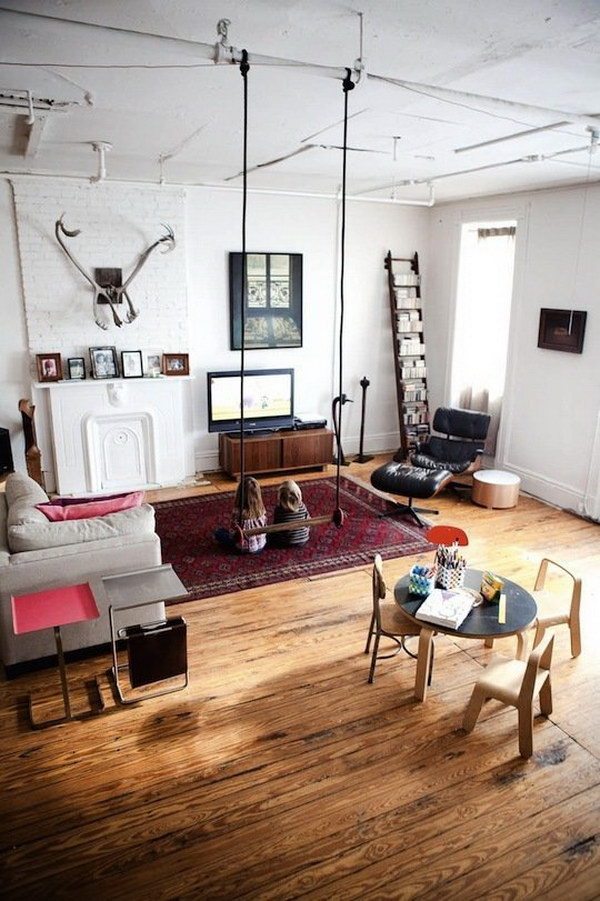
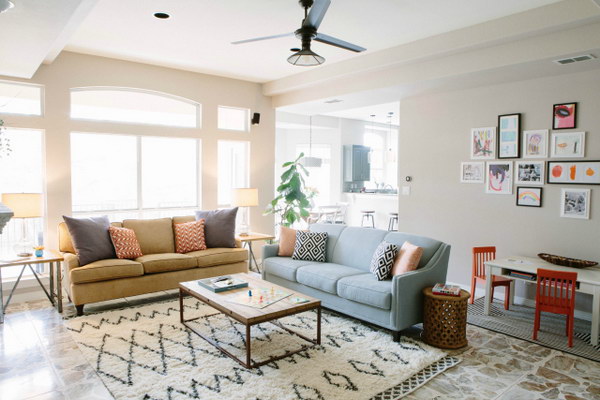
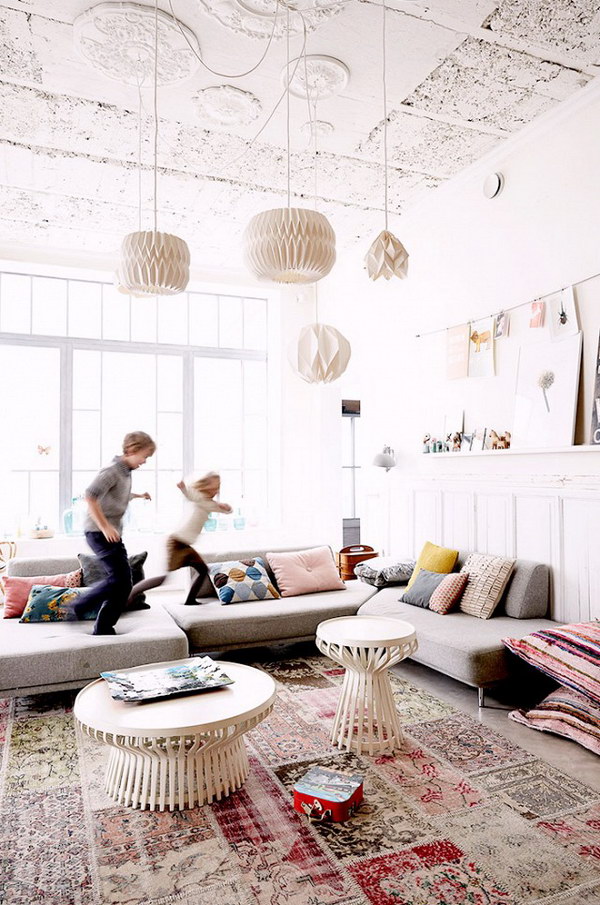
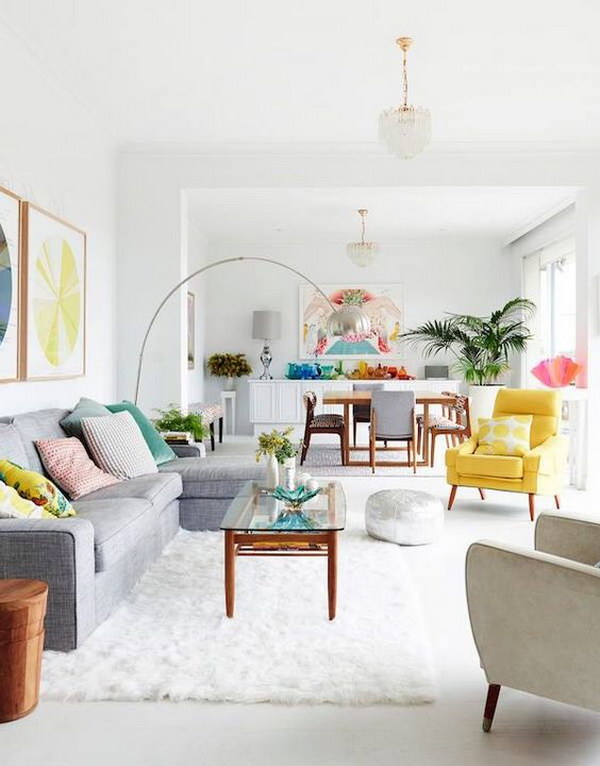
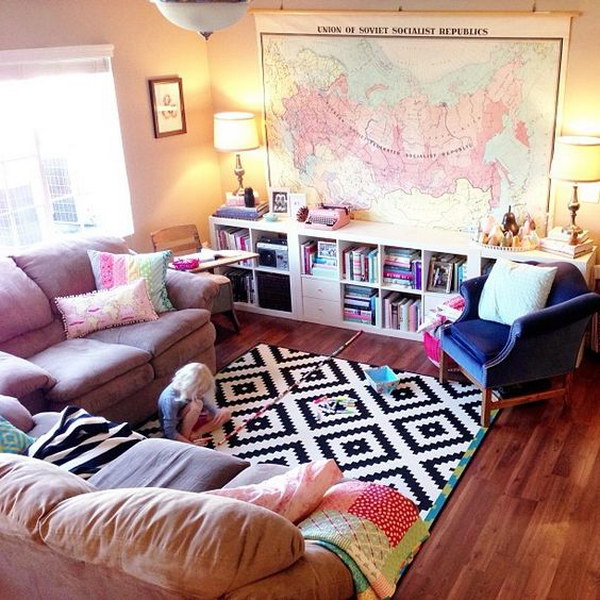
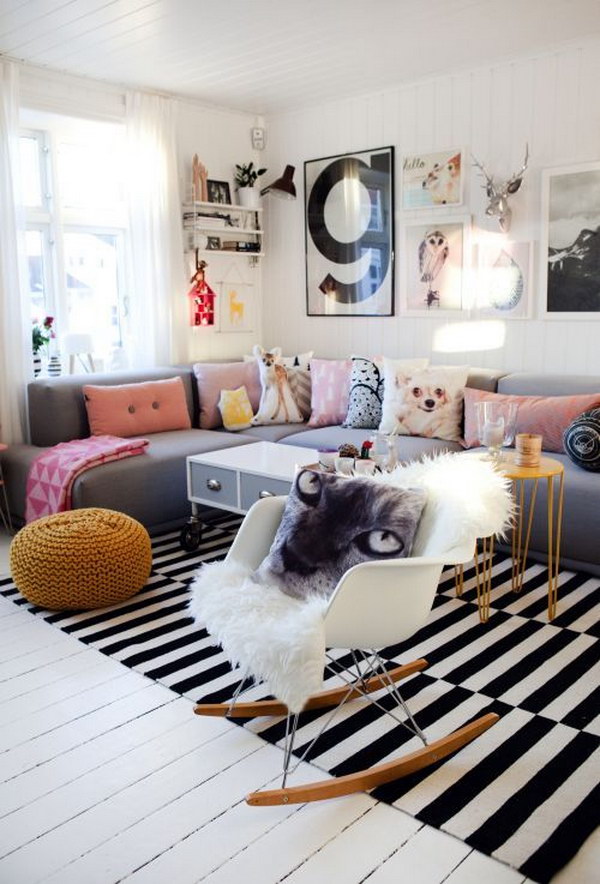
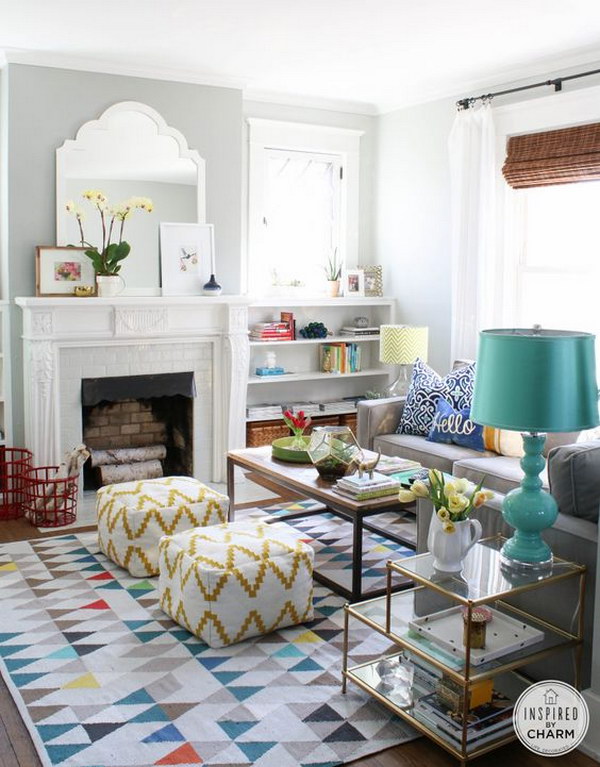
4. Emphasis on visual balance
Good living room layouts create a visual balance within the room. This means balancing large, heavy, or large objects with smaller, lighter, or shorter ones. If, for example, a very high bookshelf is attached to a wall, compensate for this with a high floor lamp elsewhere in the room. If you have super dark, very heavy pieces of furniture, brighten things up with decorative accent pillows and throws. When you hang wall art, you balance some very large pieces with a group of smaller ones, etc. The idea is to create a visually appealing space that is well rounded, not too much or this or too much of it, but balanced.

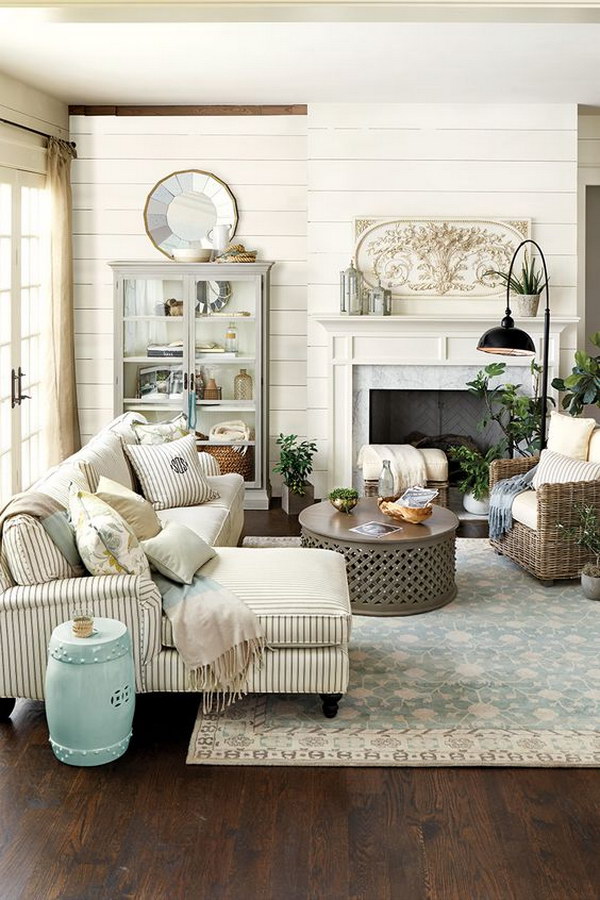
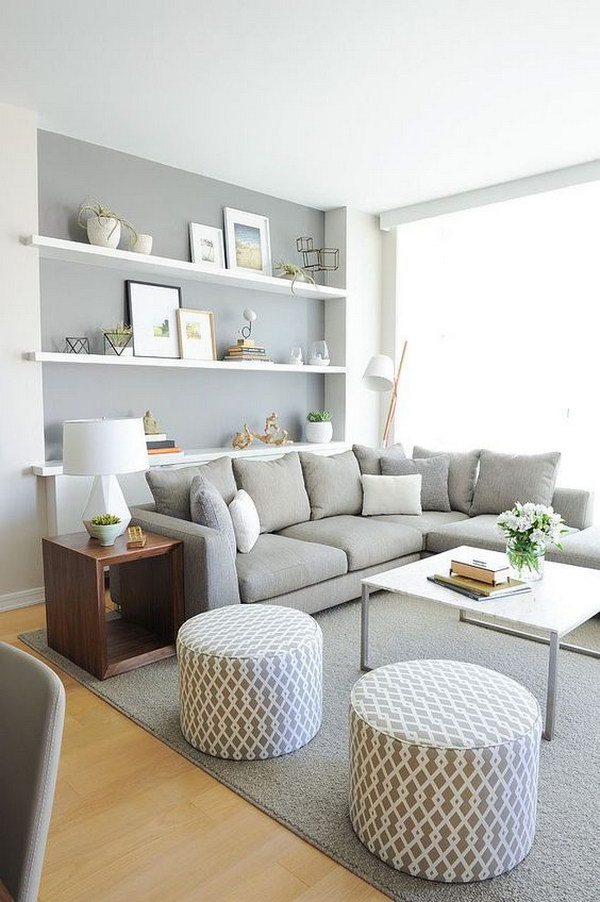
Source.
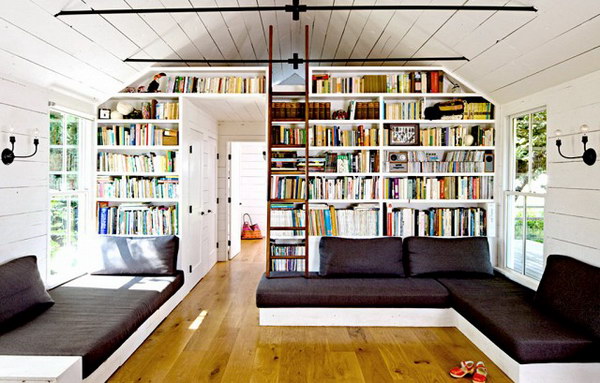
Source.
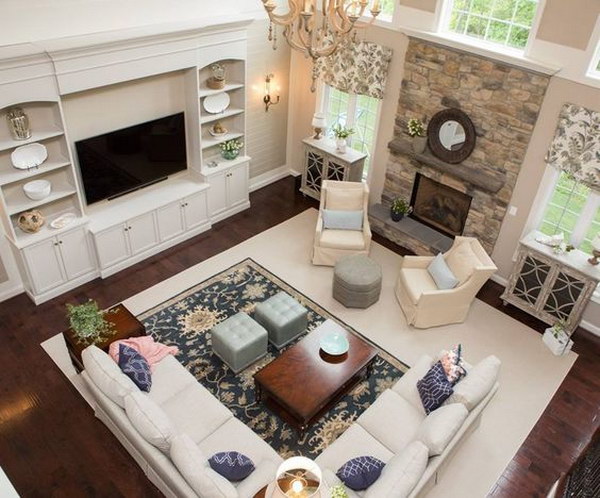
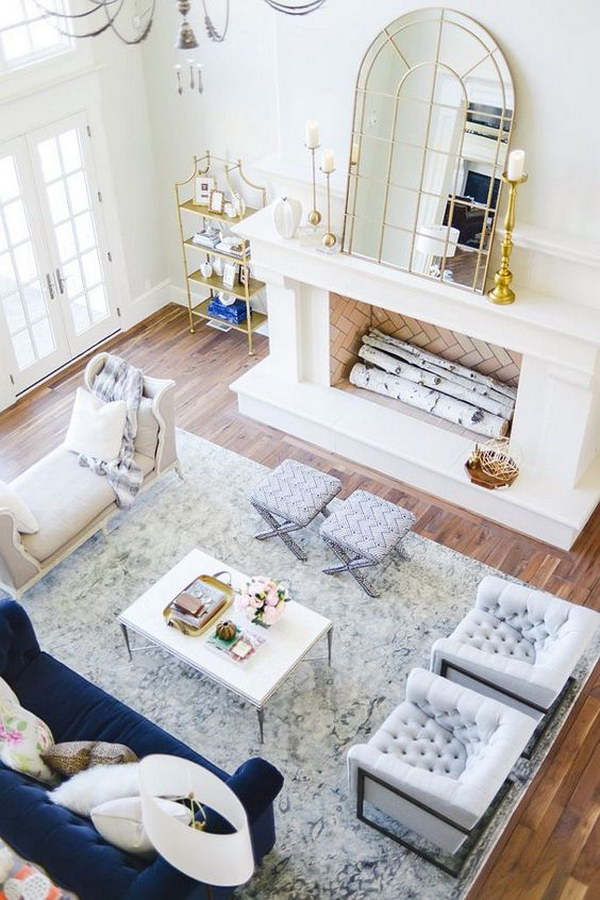
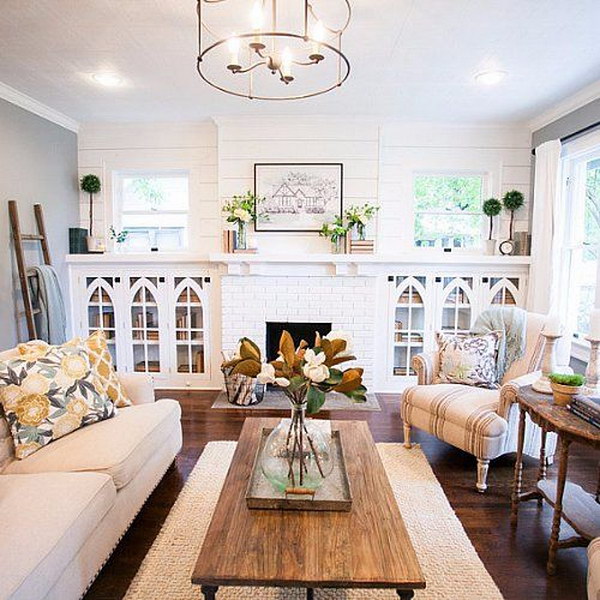
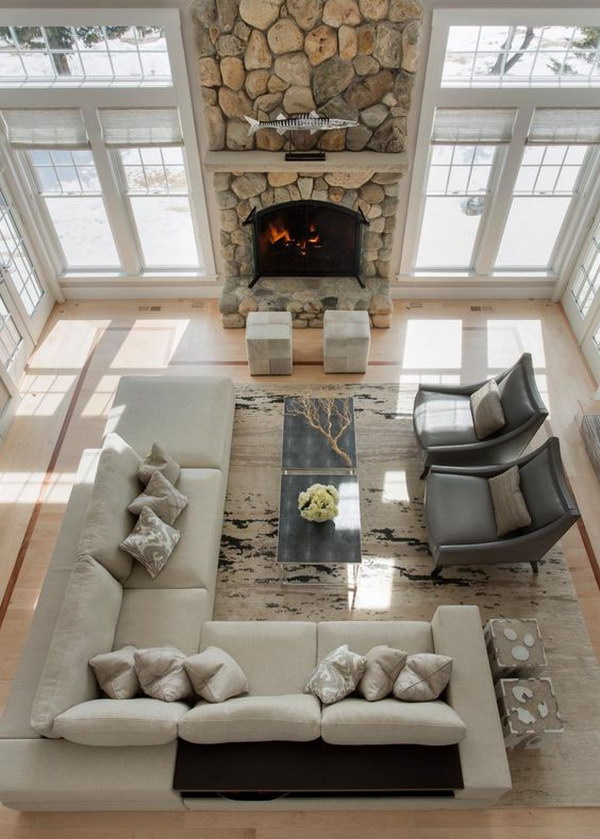
Source.
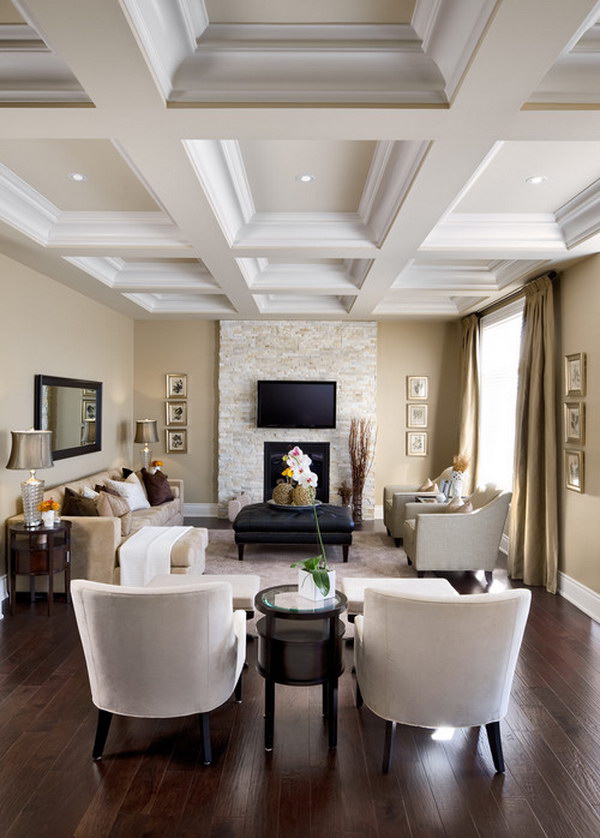
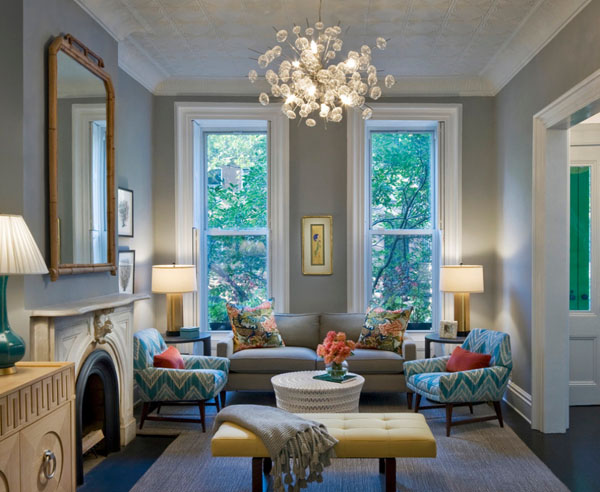
5. Emphasis on alignment or symmetry
Creating a symmetrical appearance can be an important factor when designing your living room. For example, if you have a large sofa with an armchair and a high lamp on one side, it can be unbalanced to leave the other side free and to place another armchair in another place in the room. By placing the other chair and the other lamp on the other side of the sofa, you create symmetry and balance. This is more important in large rooms where you have enough space, since smaller elements may not be able to create symmetry in smaller rooms.
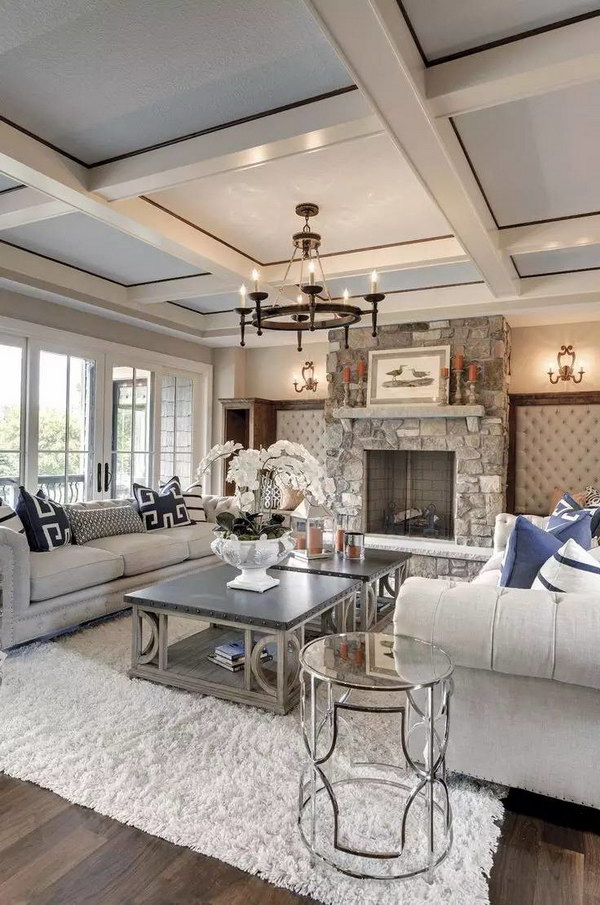
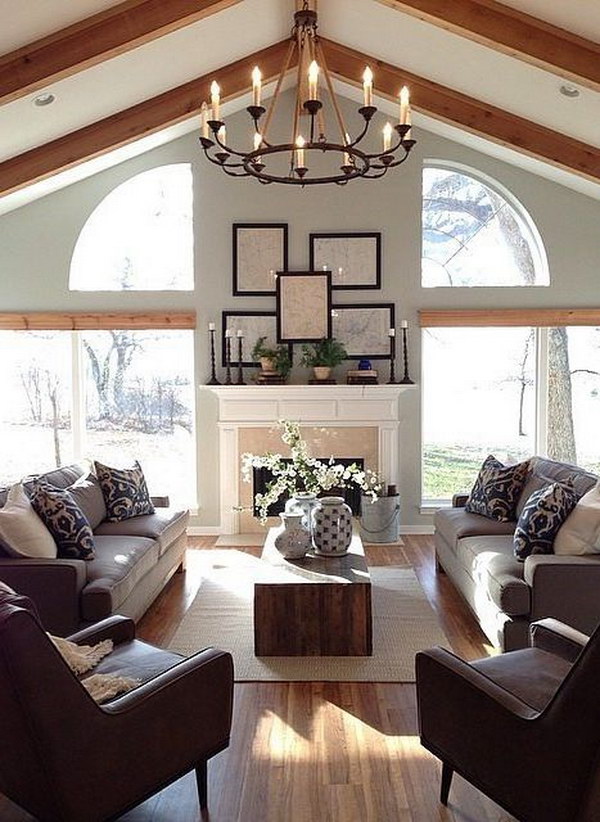
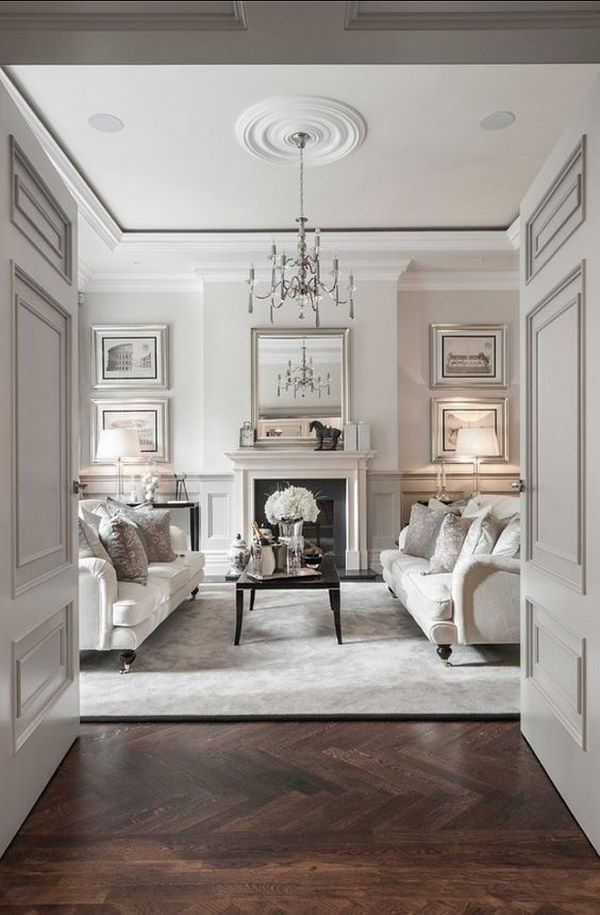
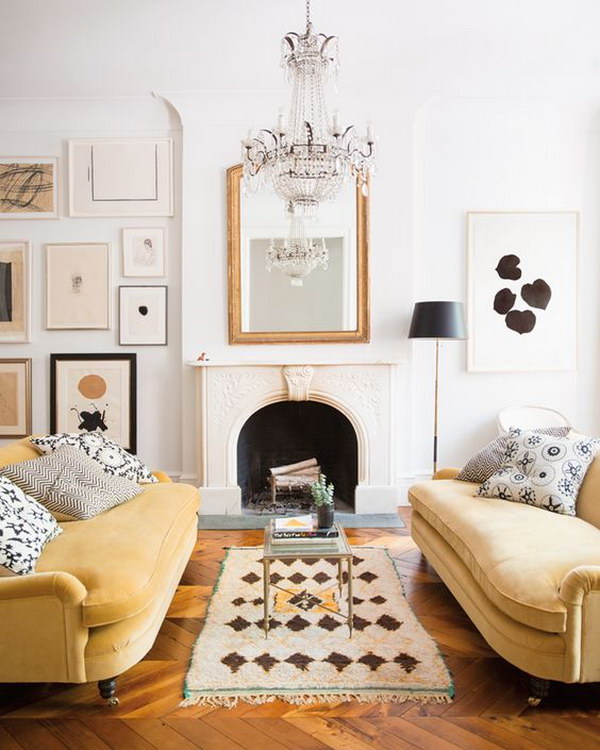
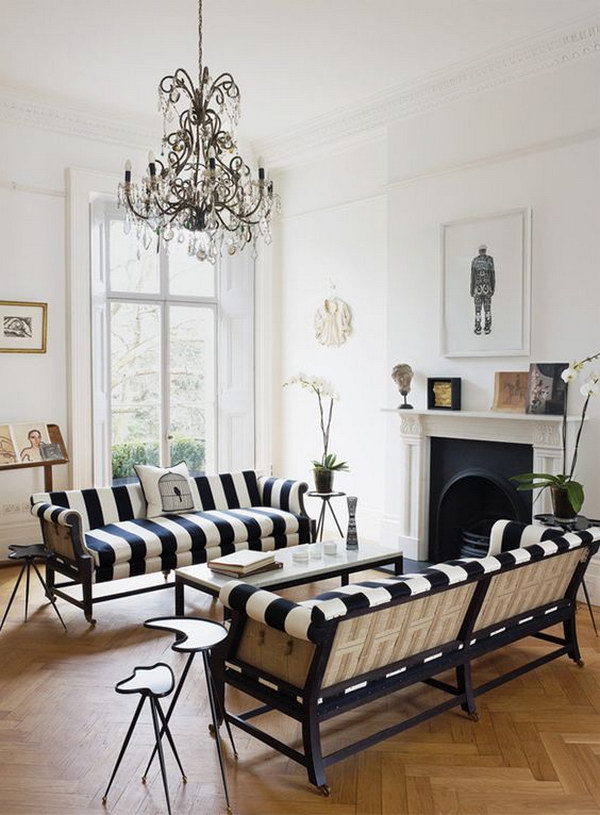
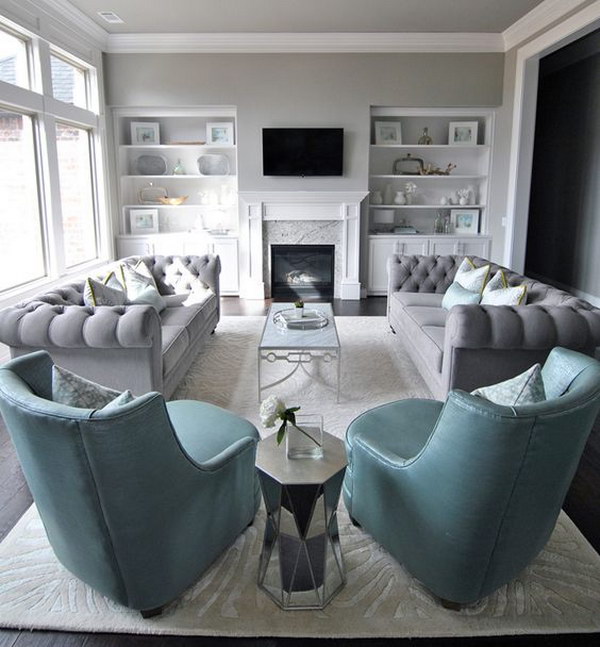
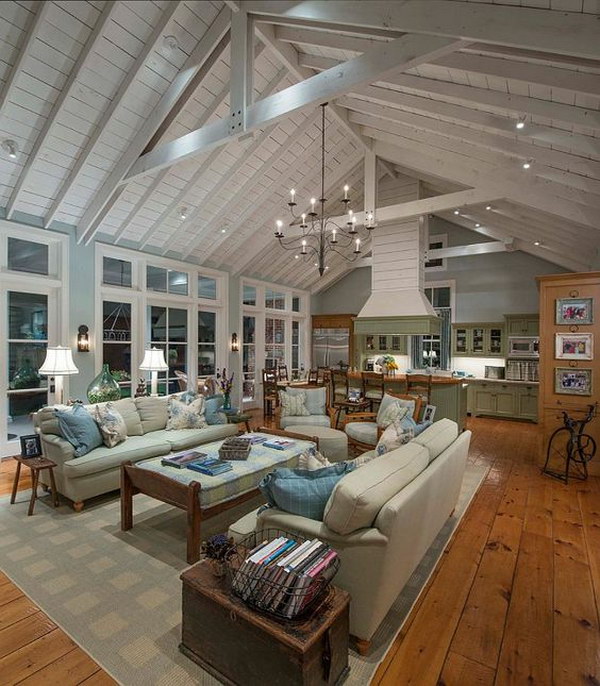
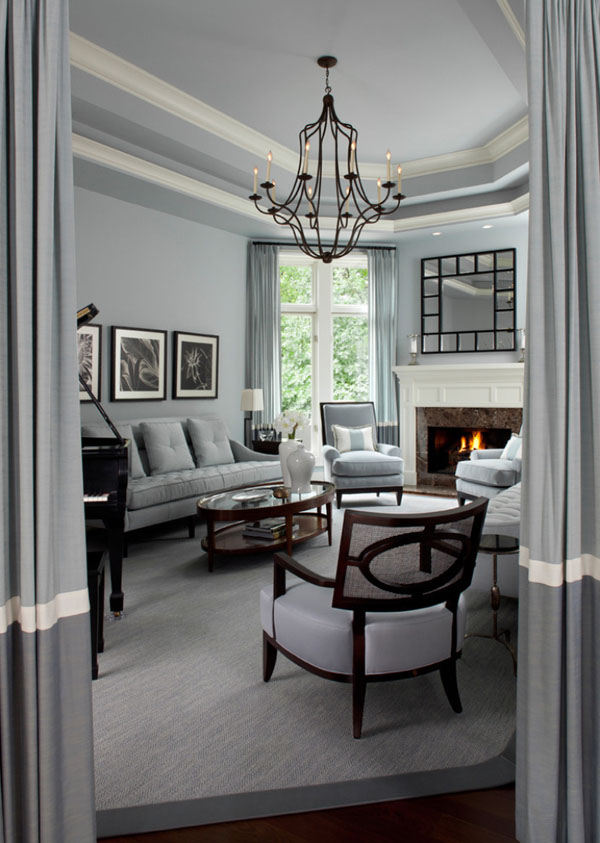
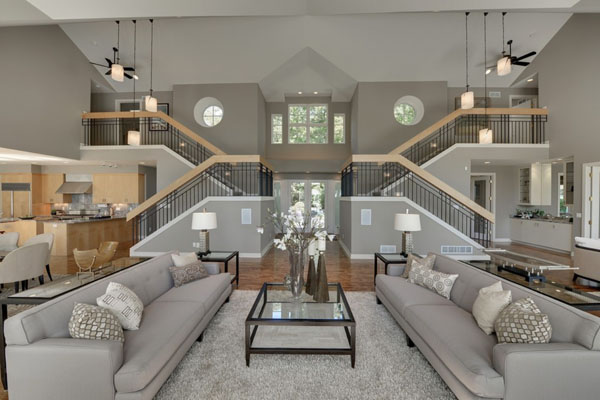
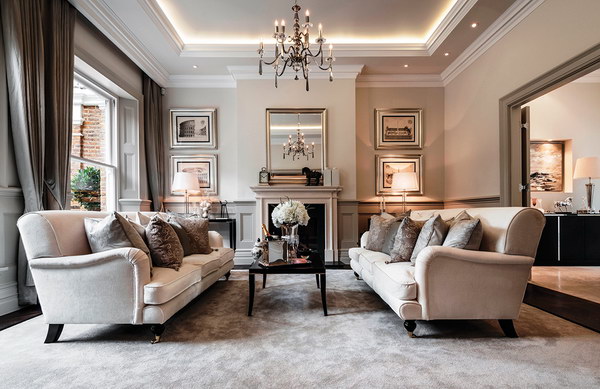
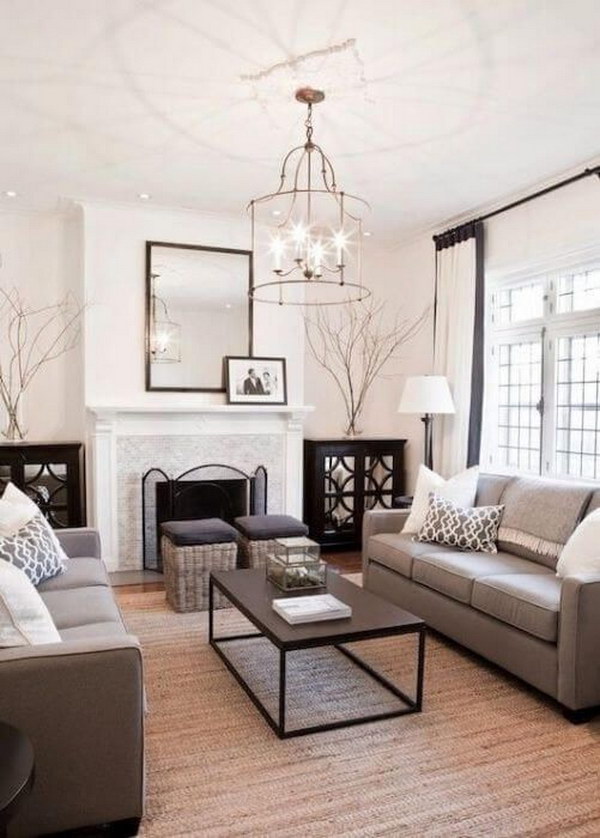
Source.

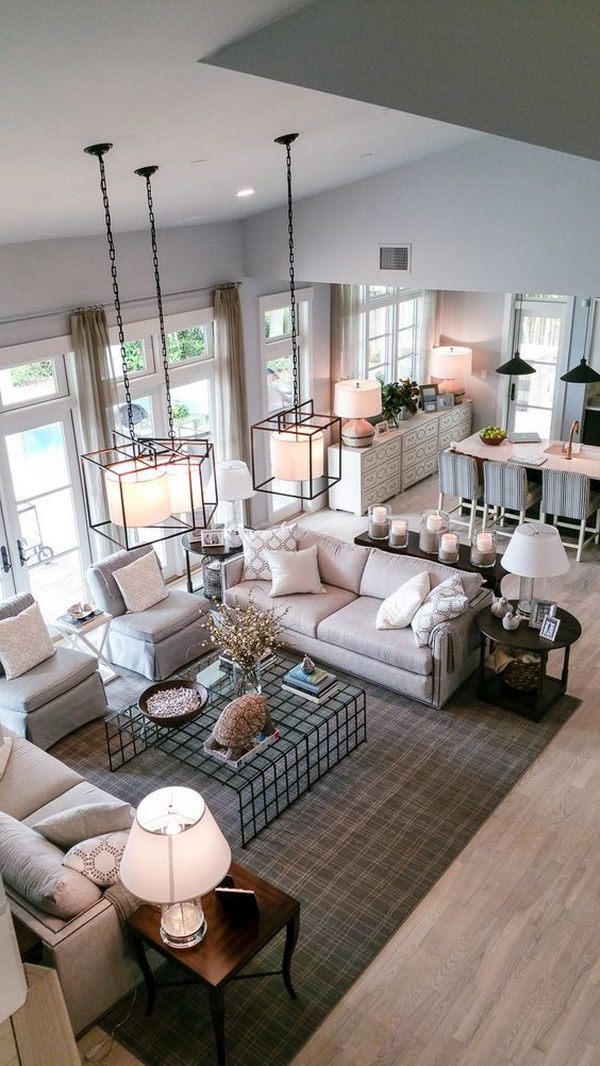
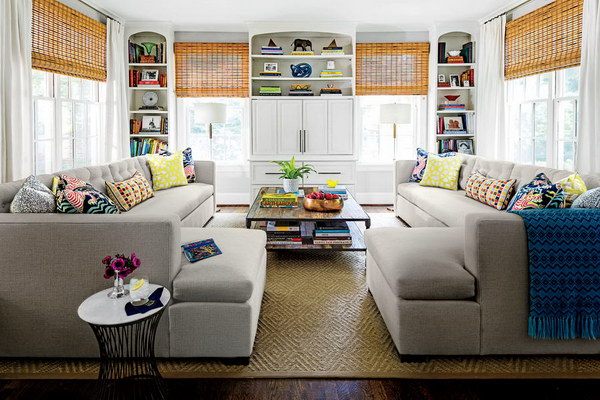
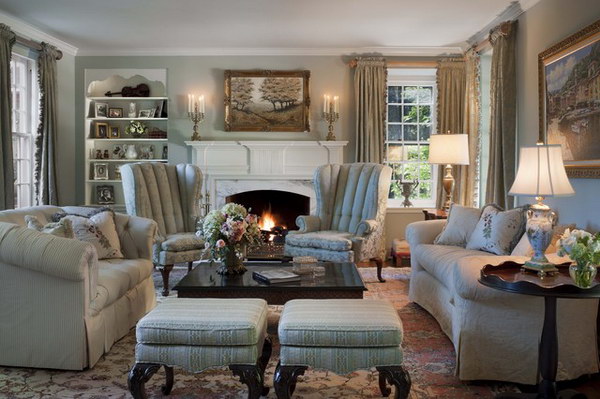
With the right layout, the living room is a place where you want to spend a lot of time. The room should be designed to be relaxing for the family on a daily basis, yet functional to keep and entertain. Following these helpful guidelines will help you create great living space that works for you.
